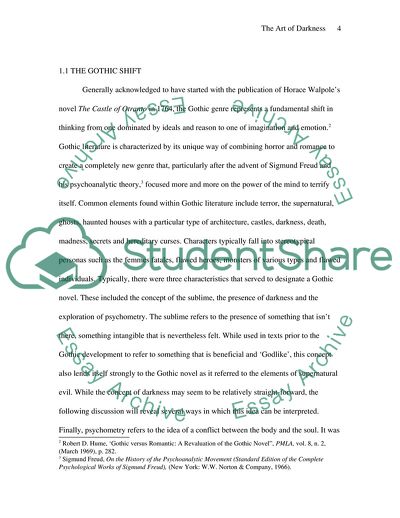Cite this document
(The Art of Darkness Assignment Example | Topics and Well Written Essays - 3000 words, n.d.)
The Art of Darkness Assignment Example | Topics and Well Written Essays - 3000 words. https://studentshare.org/philosophy/1712552-the-art-of-darkness-a-comparative-study-between-joseph-conrad-and-mary-shelley
The Art of Darkness Assignment Example | Topics and Well Written Essays - 3000 words. https://studentshare.org/philosophy/1712552-the-art-of-darkness-a-comparative-study-between-joseph-conrad-and-mary-shelley
(The Art of Darkness Assignment Example | Topics and Well Written Essays - 3000 Words)
The Art of Darkness Assignment Example | Topics and Well Written Essays - 3000 Words. https://studentshare.org/philosophy/1712552-the-art-of-darkness-a-comparative-study-between-joseph-conrad-and-mary-shelley.
The Art of Darkness Assignment Example | Topics and Well Written Essays - 3000 Words. https://studentshare.org/philosophy/1712552-the-art-of-darkness-a-comparative-study-between-joseph-conrad-and-mary-shelley.
“The Art of Darkness Assignment Example | Topics and Well Written Essays - 3000 Words”. https://studentshare.org/philosophy/1712552-the-art-of-darkness-a-comparative-study-between-joseph-conrad-and-mary-shelley.


